The Canary Museum, a day spent in the company of mummies in Gran Canaria
The Canary Museum has a surprise in store in the district of Vegueta, where there is an air of a grand scientific world.
There are mummies out there, and not just within the thick walls of the Pyramids of Egypt and in Hollywood films. In the case of Gran Canaria, there some lucky individuals enjoying the privilege of inhabiting number 2, calle Doctor Verneau in Las Palmas de Gran Canaria. Don’t be alarmed. They don’t live in a private residence, and you won’t bump into them at the bus stop or at the corner coffee shop. This address belongs to the Canary Museum, a century-old institution founded back in 1879, where there is an air of a great scientific world that proliferated all over Europe during the 19th century.
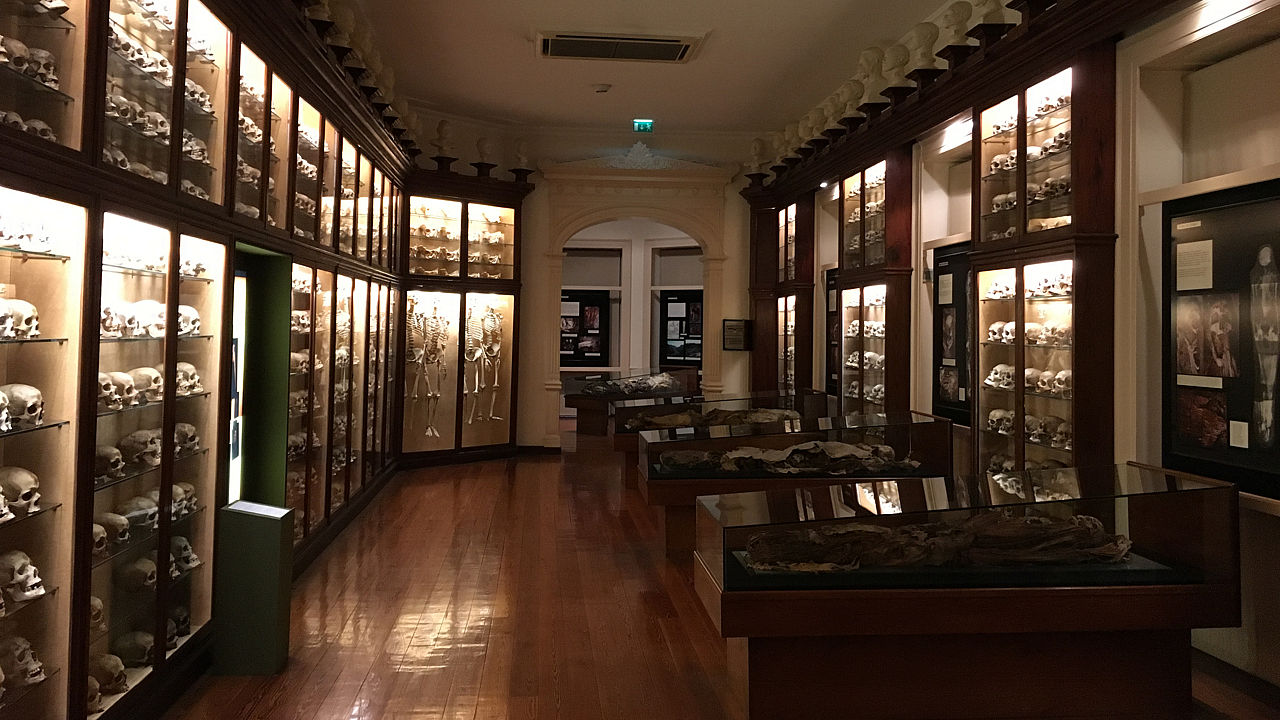
Going into the Canary Museum, and walking around its rooms, is like climbing into a time machine and going back several centuries. One of the main attractions of your visit are these mummies of natives from Gran Canaria. Although the dead from the island’s pre-Hispanic society were not embalmed but wrapped in a shroud following quite a complicated process, those bodies that were deposited in funeral caves in suitable conditions were preserved naturally. If they could come back to life and speak to us, they would tell us all about what life was like on the island, prior to the arrival of the conquistadores. But no need to worry, they won’t, although in their own way they do tell us their tale of yesteryear.
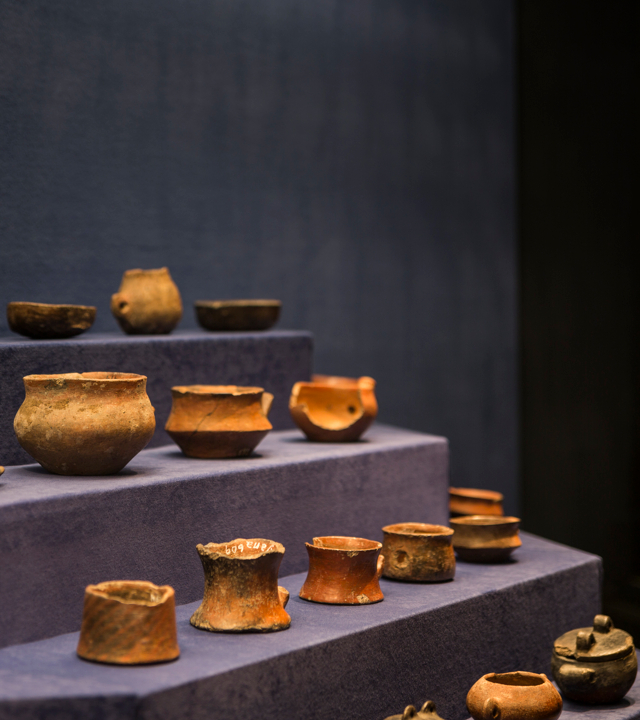
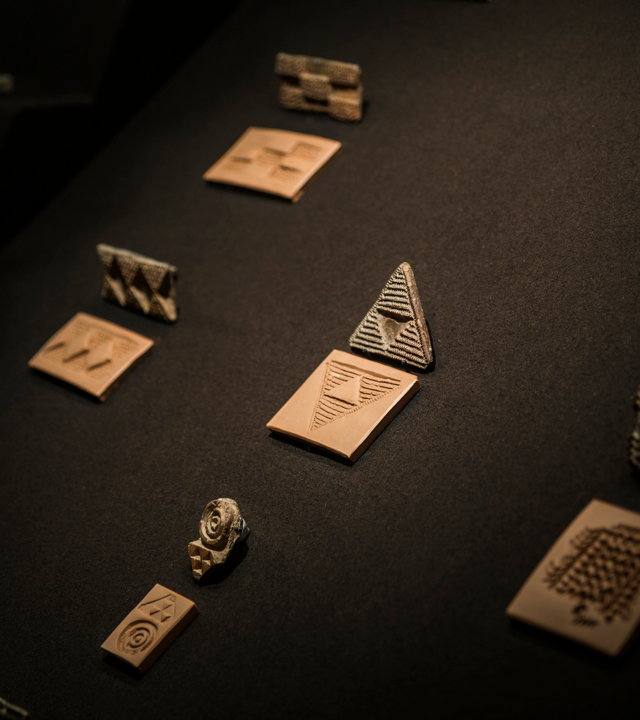
The legacy from the pre-Hispanic past also includes a startling collection of wall paintings, featuring elements made with circular, rectangular and rhombus motifs, whose use is still the subject of ongoing research, although they may have been used as body decorations, or as personal identification symbols. The Canary Museum also gives us an insight into the symbolic world of aboriginal rituals, with the presence of clay idols, these most likely related to their fertility beliefs.
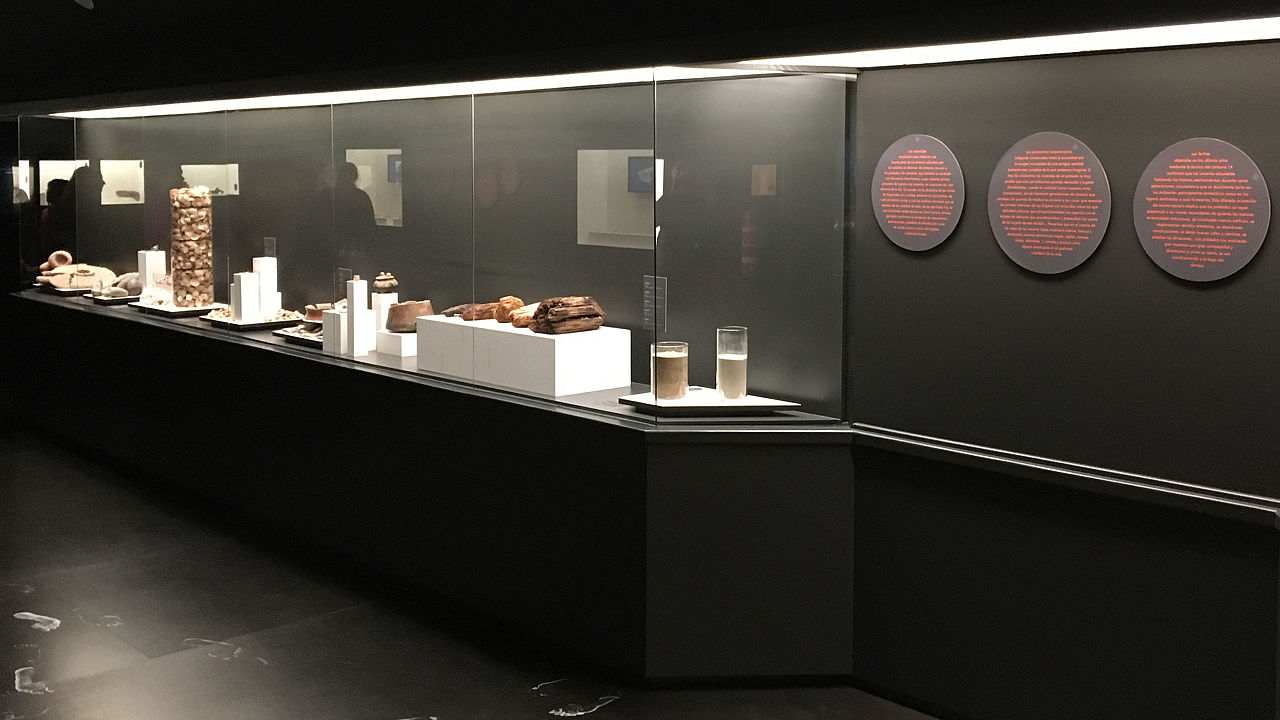
The genuine 19th century and collective character, and the encyclopedic powers of the Canary Museum are safely stored within the DNA of a very modern day institution, which has consolidated itself as a site that promotes the latest research and knowledge of the past, and the island’s true identity in its many different facets.
The result of this ambitious character with which the Canary Museum was created is also its rich documentation centre, which is usually kept away from the eyes of everyday tourists and visitors, but which is well known by researchers on the islands. It contains one of the most remarkable collections of books, newspapers, magazines and archive documents which are preserved on the archipielago. Its shelves highlight especially, due to their historical value, the trials of the former courts of the Canary Inquisition.
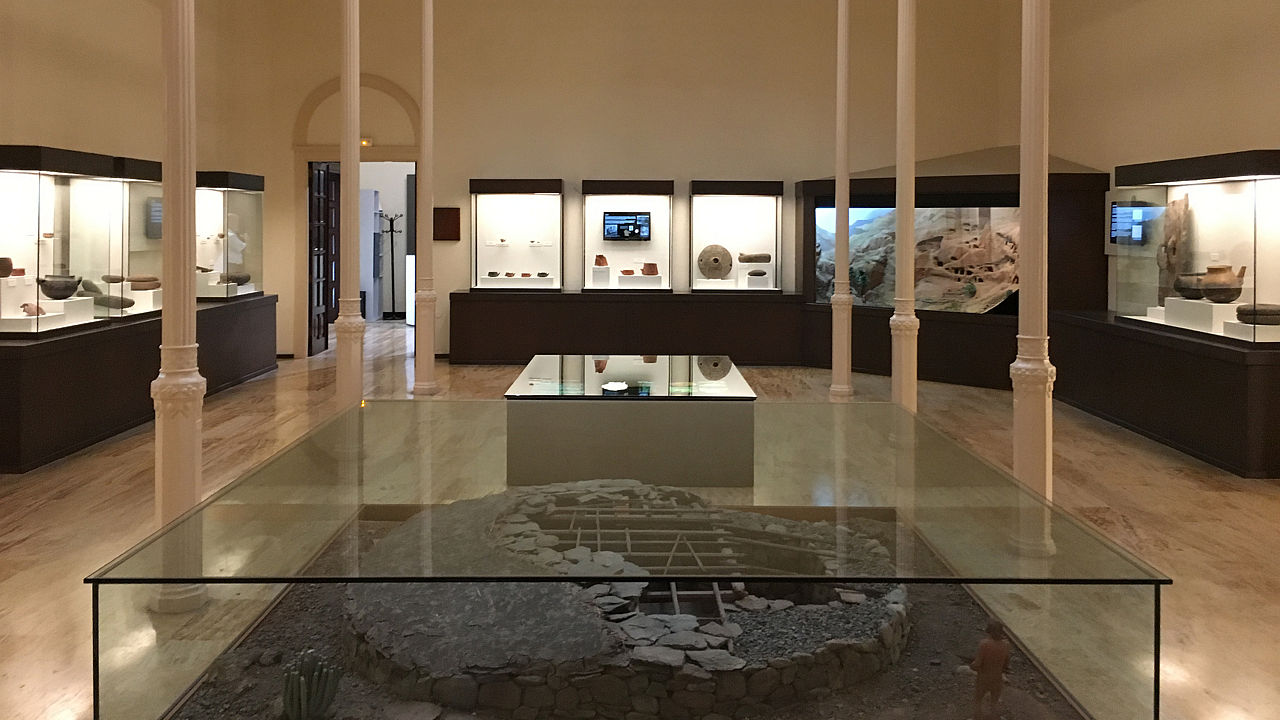
For a split second, visitors will believe they are in a laboratory belonging to a 19th century novel, as they marvel at carefully preserved creatures inside bottles containing alcohol and formoldehyde, stuck back in time and space , just a few metres from the Cathedral of Santa Ana. The Canary Museum is indeed an enigmatic and intriguing messenger from the past.
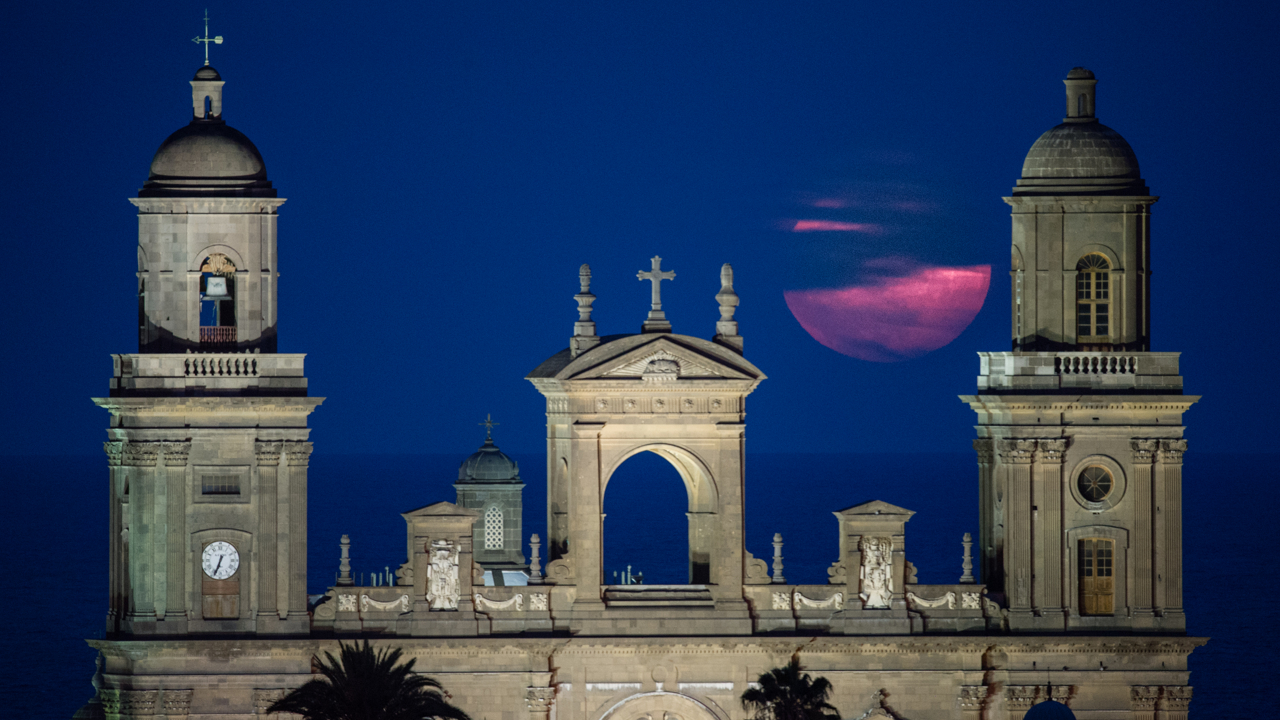
The centre bolts its doors at 8 o’clock in the evening, when the shadows start falling over the cobbled sidestreets around Vegueta. Nobody knows what happens after this time.
PRACTICAL INFORMATION
Address: Calle Doctor Verneau, 2. Vegueta (Las Palmas de Gran Canaria)
Opening hours: Monday to Friday, from 10.00 to 20.00 / Weekends and public holidays, from 10.00 to 14.00
Official website: www.elmuseocanario.com

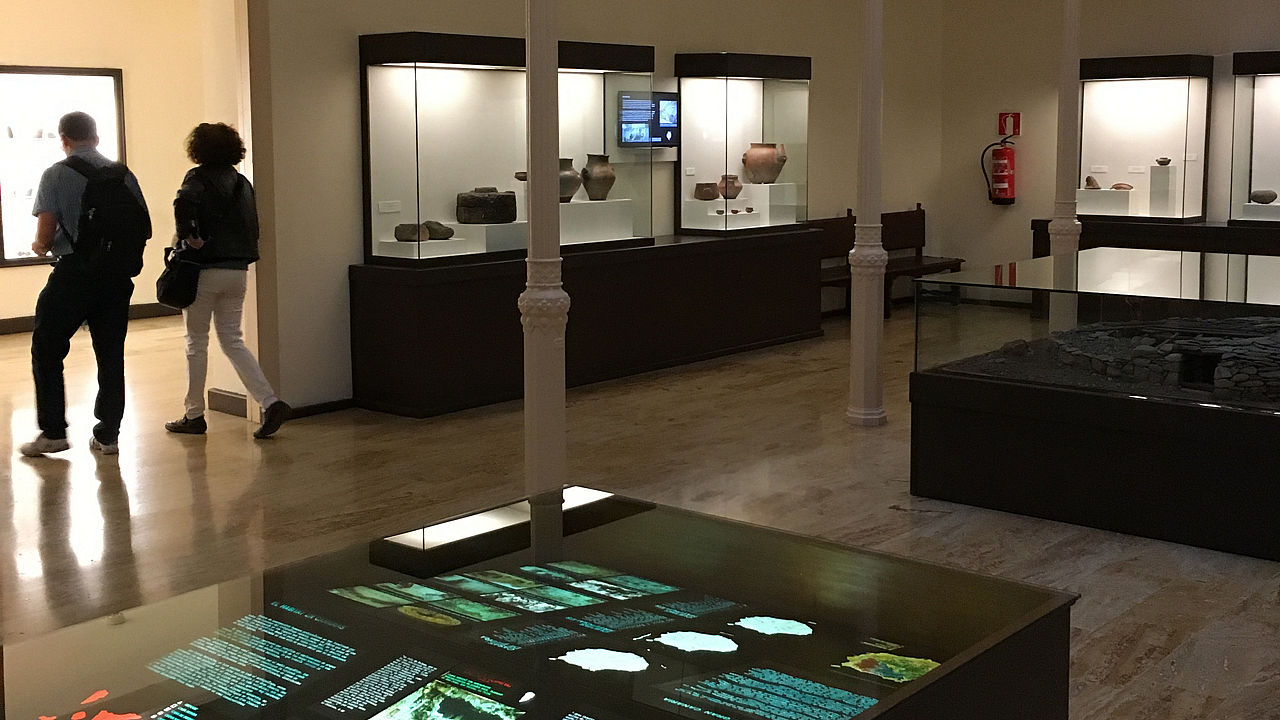
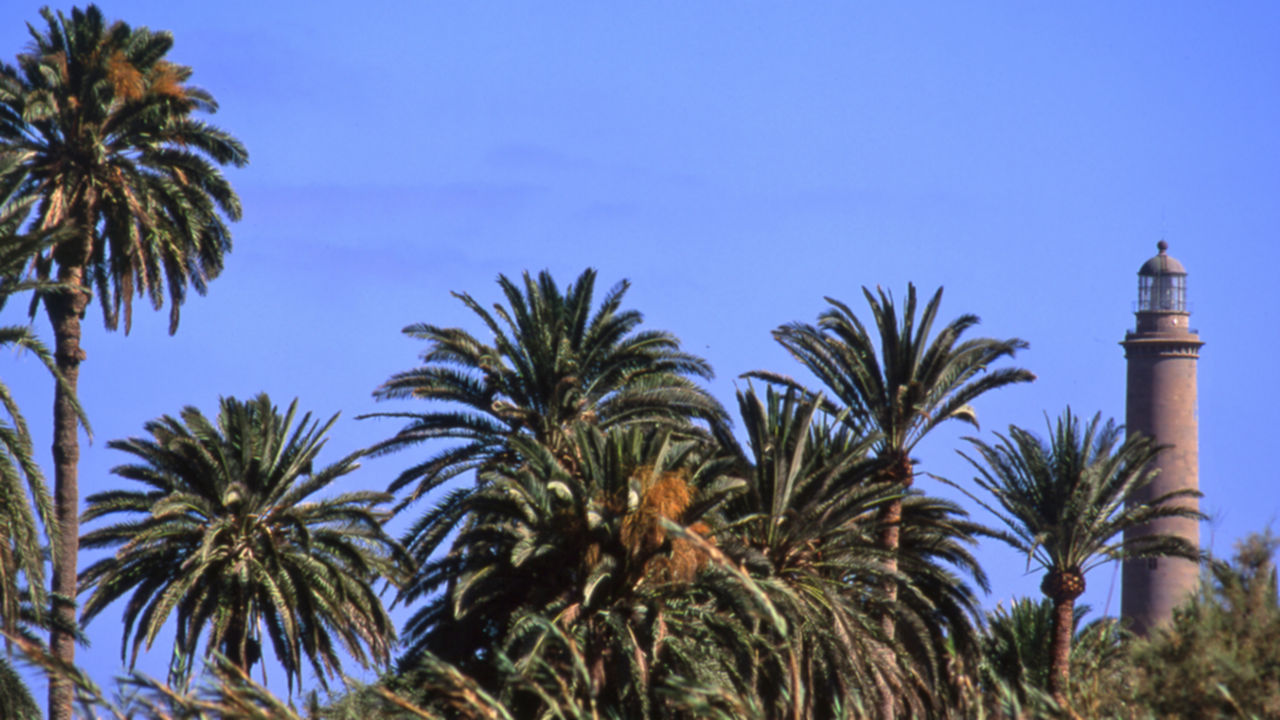
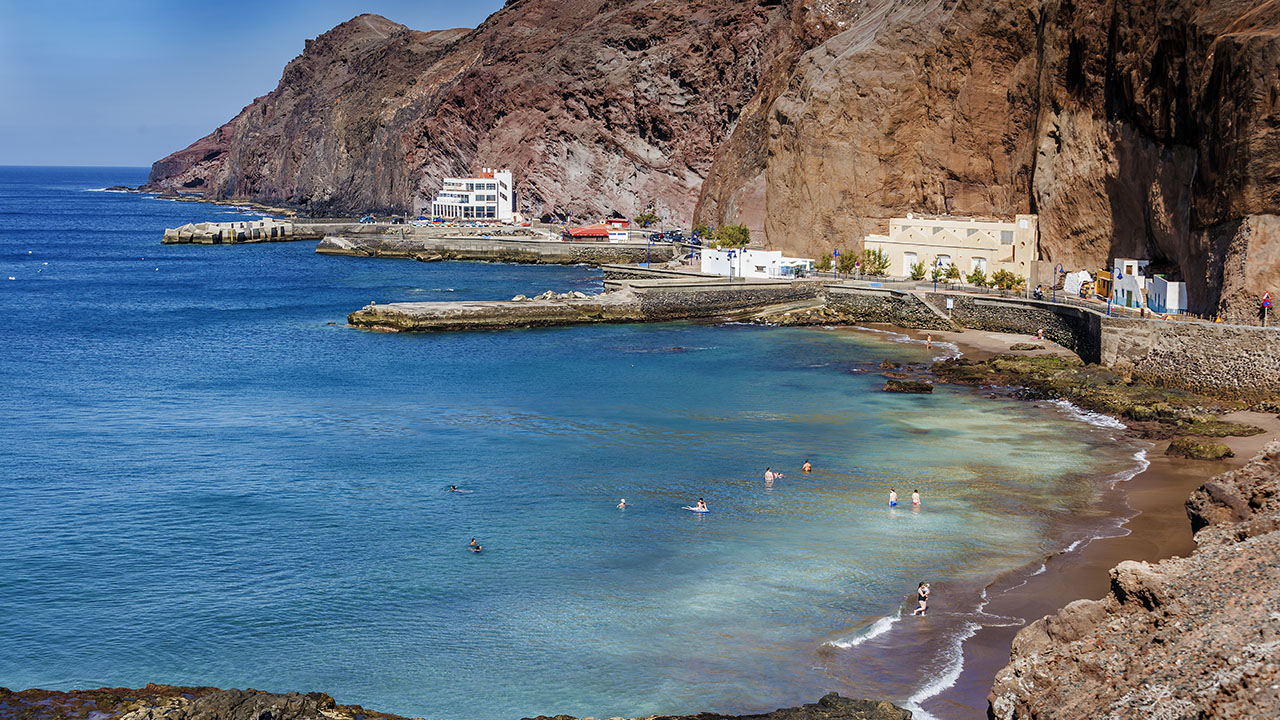
Comments are disabled for this post.